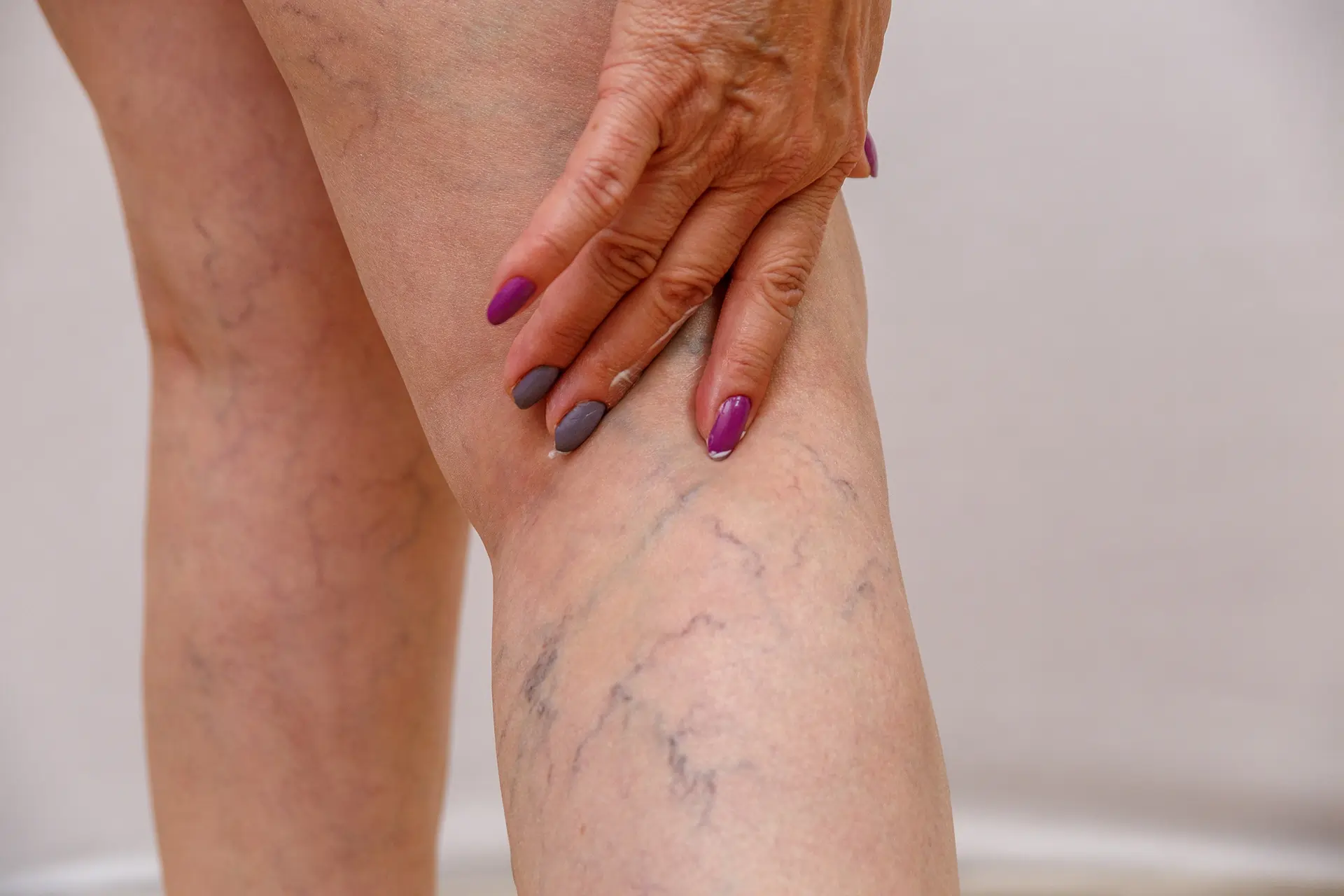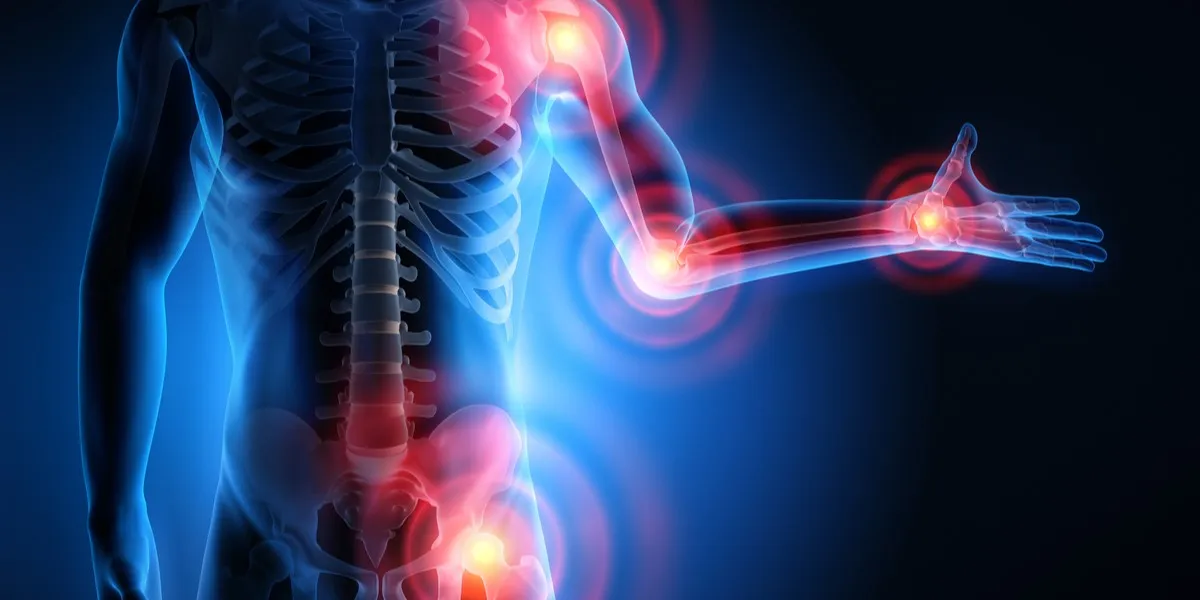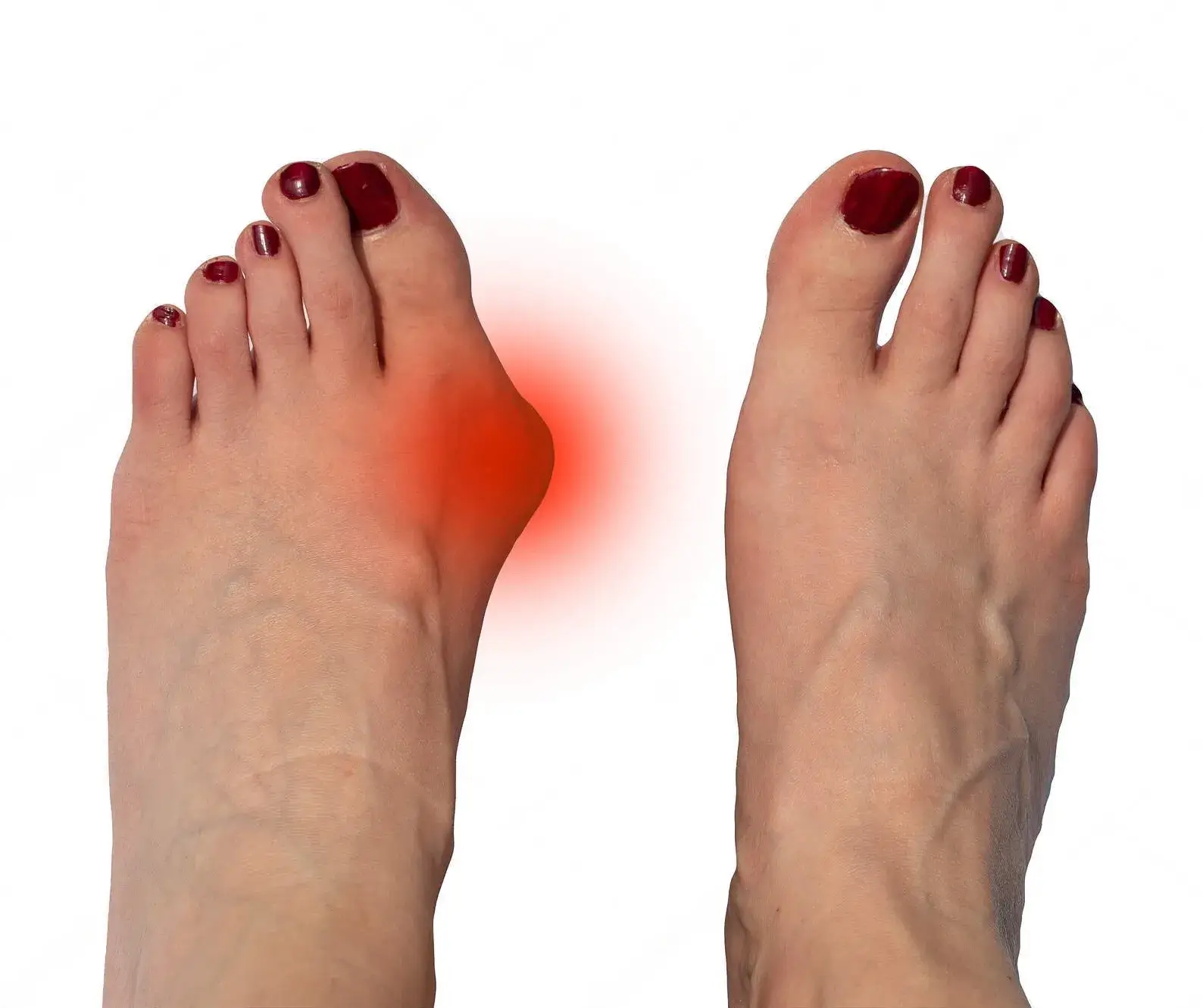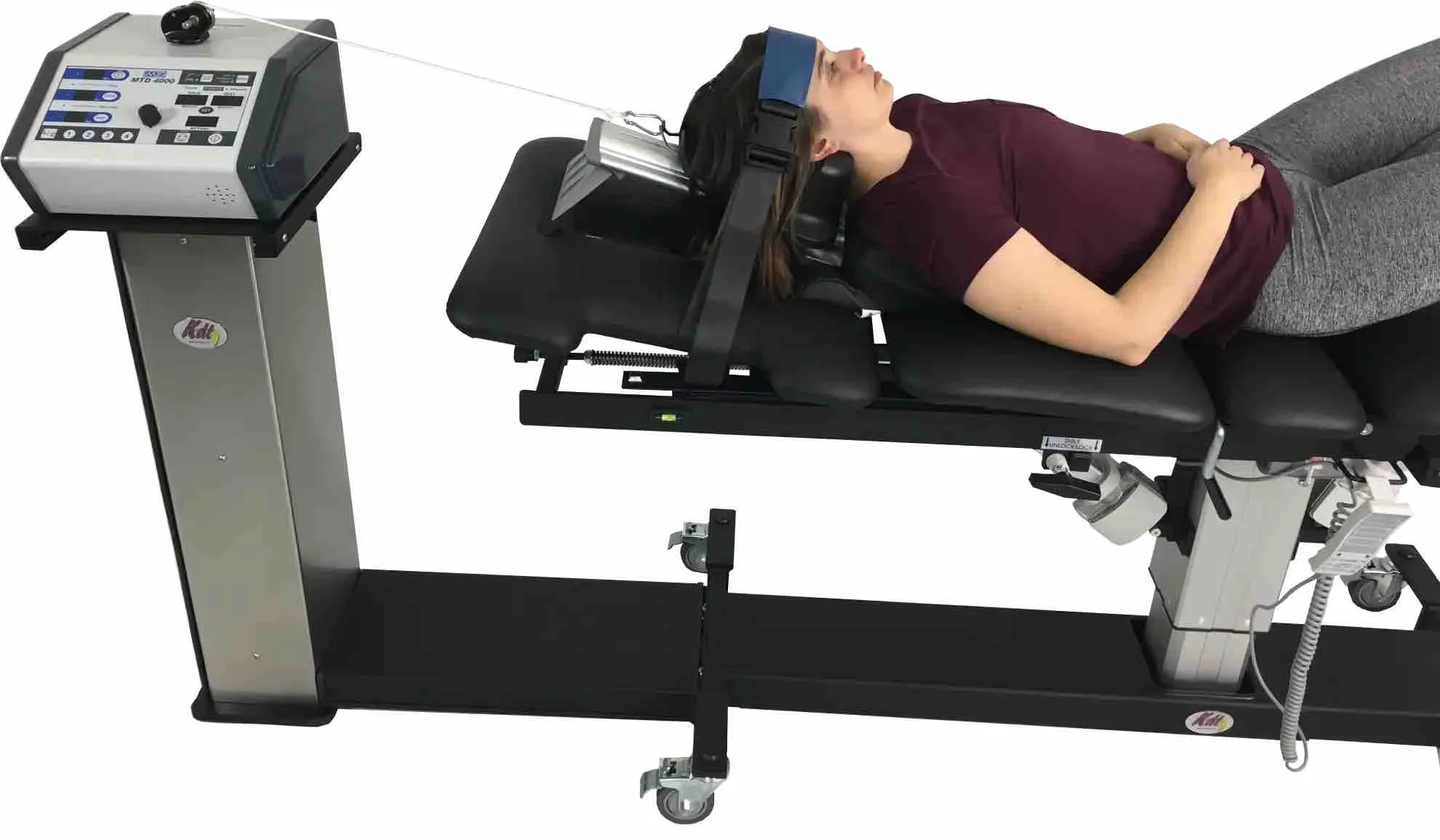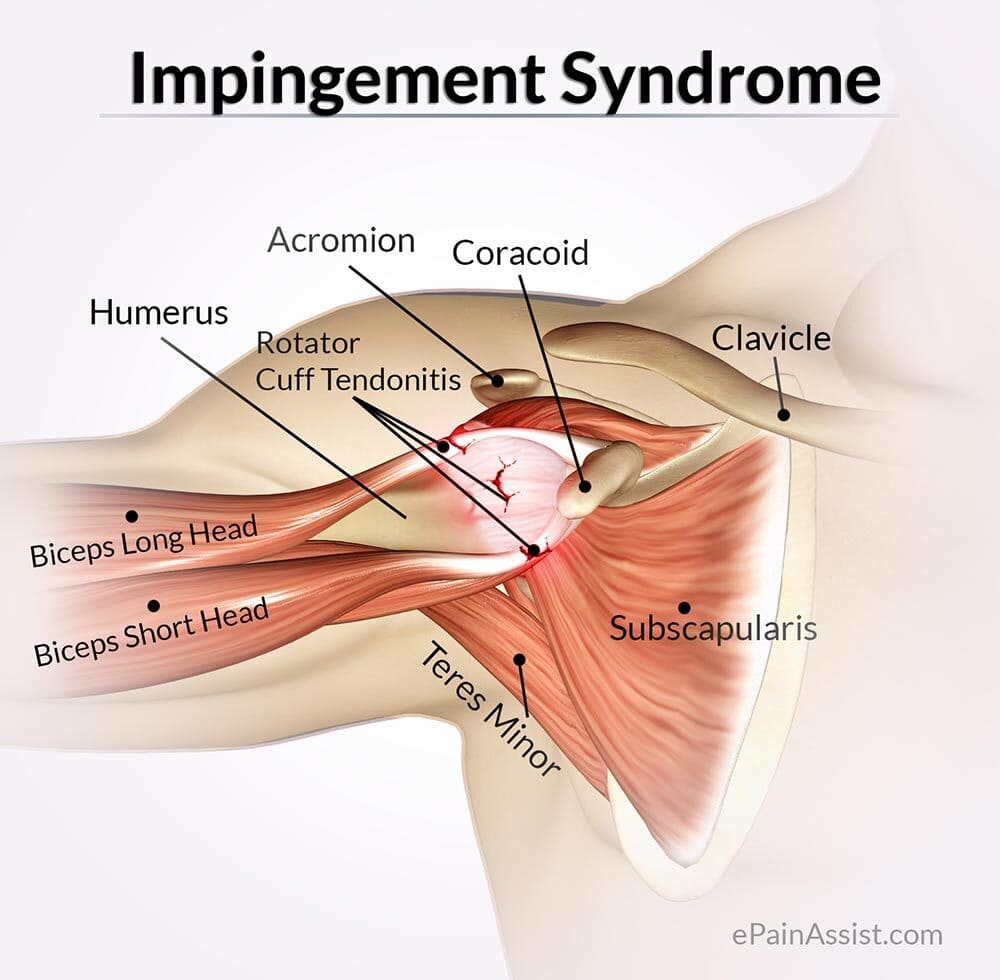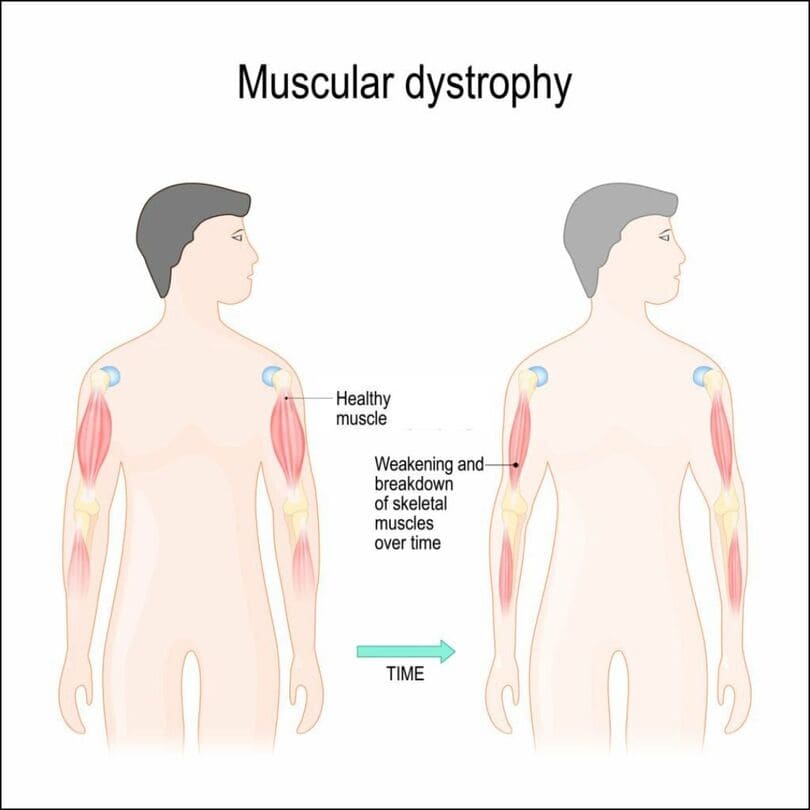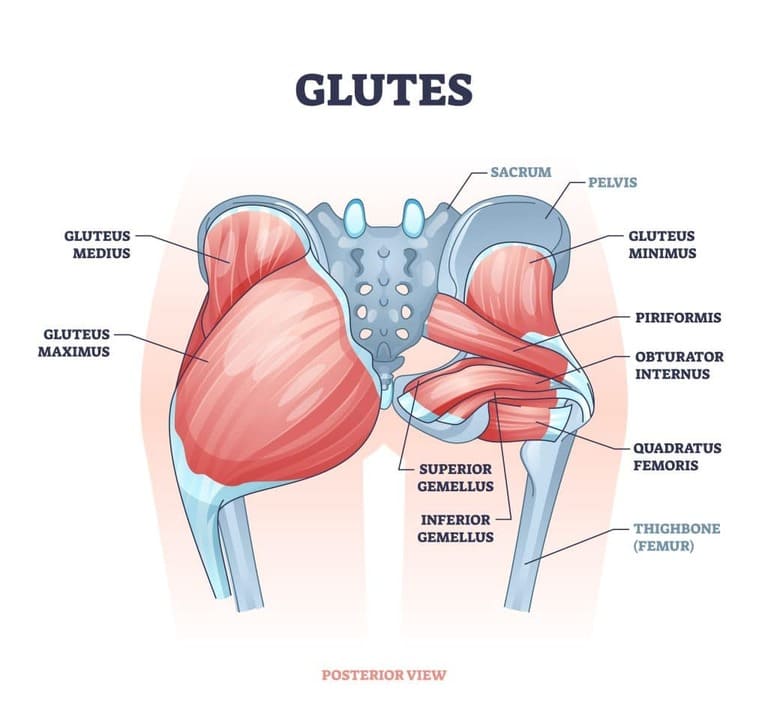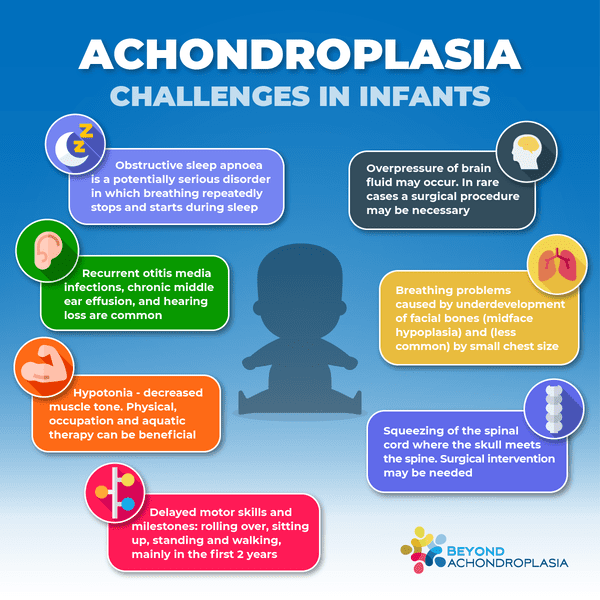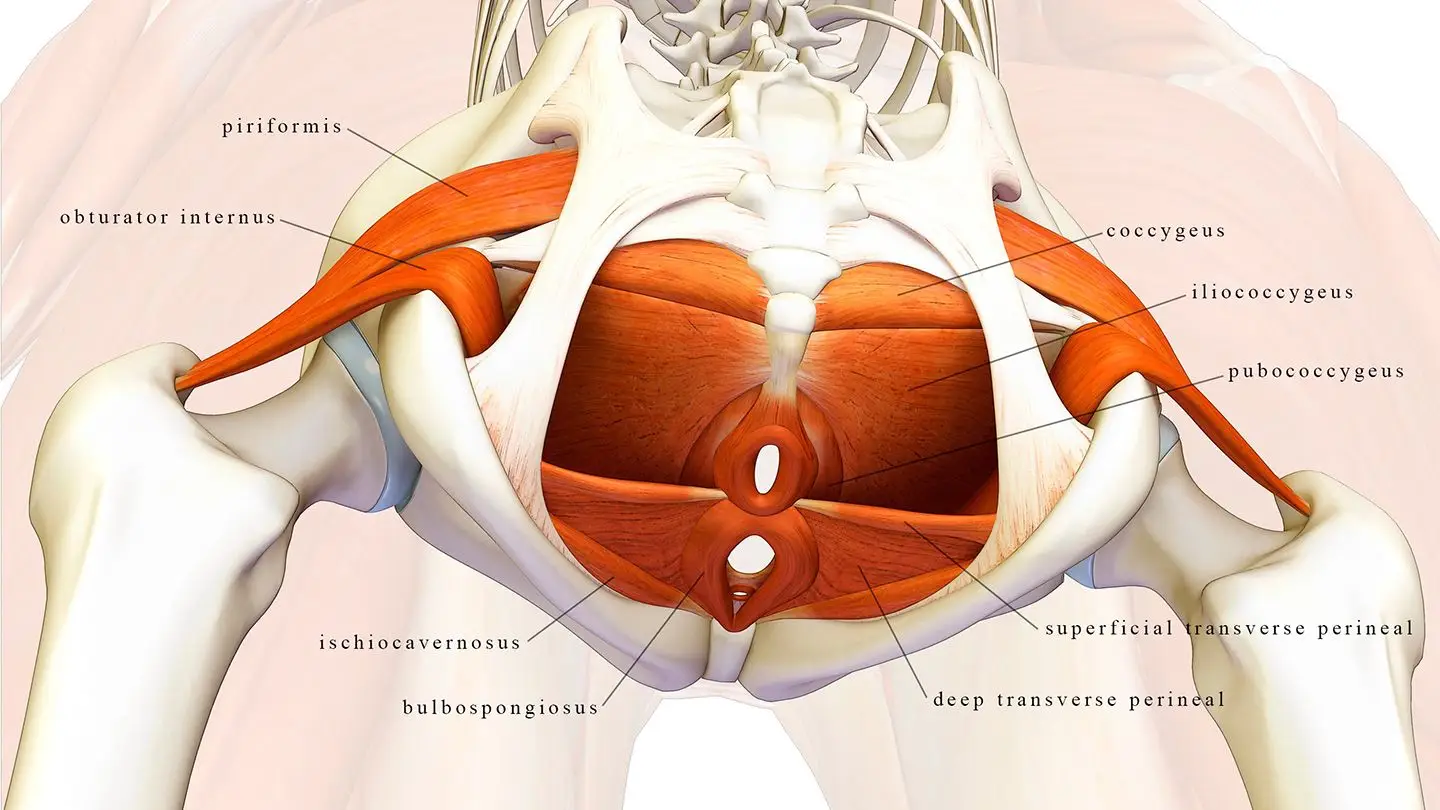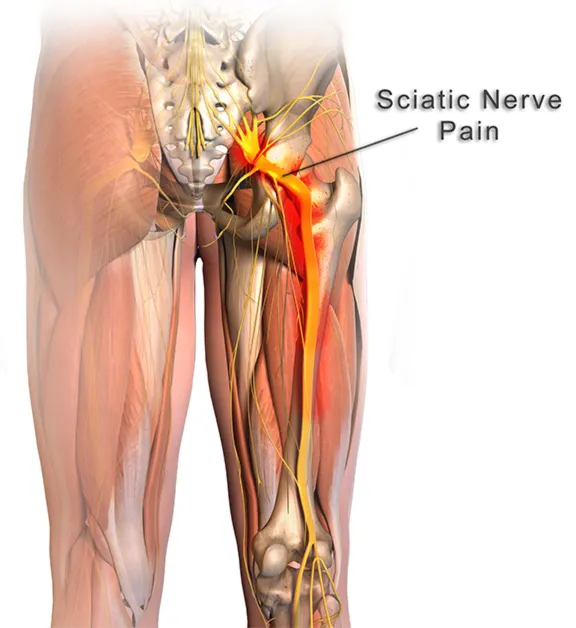
Overview:
Tennis Elbow medically known as Lateral Epicondylitis, is a condition that causes pain and inflammation in the tendons of the forearm, particularly around the outer part of the elbow near the lateral epicondyle. This condition is often associated with repetitive strain or overuse of the muscles and tendons that extend the wrist and fingers, leading to discomfort, weakness, and limited mobility in the elbow and wrist.
Although the term “Tennis Elbow” suggests it is a sports-related injury, this condition is not exclusive to tennis players. It can affect individuals from various walks of life, especially those who perform repetitive arm motions in their work or daily activities, such as painters, carpenters, and even office workers.
In this comprehensive overview, we will discuss the causes and symptoms of Tennis Elbow, as well as explore effective treatment options. At York Rehab Clinic, our physiotherapy and osteopathy services offer specialized therapeutic techniques to address and alleviate the symptoms of Tennis Elbow, helping patients restore function and regain strength.
Anatomy of the Elbow Joint
The elbow joint consists of three main bones that work together to provide movement and stability:
– Humerus: The bone of the upper arm.
– Radius and Ulna: The two bones in the forearm.
At the lower end of the humerus are two prominent bony areas known as epicondyles, which serve as attachment points for various muscles of the forearm. The bump on the outer (lateral) side of the elbow is known as the lateral epicondyle.
The extensor carpi radialis brevis (ECRB) muscle and tendon are primarily involved in a condition known as lateral epicondylitis, commonly referred to as **tennis elbow**. This condition affects the muscles and tendons responsible for extending the wrist and fingers. Tendons, which are often referred to as extensors, connect the muscles of the forearm to the bones. In the case of tennis elbow, the ECRB tendon, which connects the ECRB muscle to the lateral epicondyle, is the most commonly affected.
The stability and movement of the elbow are maintained by a combination of muscles, ligaments, and tendons working in harmony.
Why the Term “Tennis Elbow”?
The term “Tennis Elbow” finds its origin in the fact that this condition is often associated with repetitive wrist and forearm movements, similar to those performed during a game of tennis. However, Tennis Elbow can occur due to various activities, including repetitive manual labor, typing, or any task that involves gripping and twisting motions. Therefore, it is not exclusive to tennis players and can affect anyone whose activities involve such motions.
Causes of Tennis Elbow:
Tennis Elbow can develop due to several factors, including:
- Repetitive Movements: Activities that involve repetitive gripping, twisting, or lifting can strain the forearm tendons, leading to inflammation and pain.
- Age: Tennis Elbow is more common in individuals between the ages of 30 and 50, as tendons tend to degenerate with age.
- Improper Technique: Poor sports or workplace technique, such as using improper form during tennis strokes or lifting heavy objects, can increase the risk of Tennis Elbow.
- Overuse: Overuse of the forearm muscles without adequate rest and recovery can contribute to the development of this condition.
Additional Causes of Tennis Elbow:
In addition to the mentioned causes, several other factors can contribute to the development of Tennis Elbow:
- Occupational Factors: Individuals who perform repetitive manual tasks in their professions, such as plumbers, carpenters, or chefs, are at an increased risk of developing Tennis Elbow due to constant gripping and twisting motions.
- Sports Activities: Apart from tennis, other sports and recreational activities that involve repetitive arm movements, such as racquetball, squash, and weightlifting, can also lead to Tennis Elbow.
- Inadequate Warm-up: Failing to warm up properly before engaging in strenuous activities can strain the forearm tendons, increasing the risk of injury.
- Muscle Imbalance: An imbalance between the forearm muscles and the muscles on the opposite side of the arm can put excessive strain on the tendons, contributing to the development of Tennis Elbow.
Symptoms of Tennis Elbow:
Tennis Elbow is characterized by a range of symptoms, including:
- Pain: Persistent pain on the outer part of the elbow, which can radiate down the forearm.
- Weakness: Reduced grip strength and difficulty performing activities that involve grasping or lifting.
- Stiffness: Stiffness in the elbow and wrist, especially in the morning or after periods of inactivity.
- Tenderness: Tenderness and swelling in the affected area, particularly near the lateral epicondyle.
Treatment of Tennis Elbow:
The treatment of Tennis Elbow typically involves a multi-faceted approach, including physiotherapy and osteopathy techniques:
- Physiotherapy: Our clinic offers specialized physiotherapy services for Tennis Elbow. Treatment may include stretching exercises, strengthening exercises, and manual therapy to alleviate pain and improve mobility. Therapists will also address any contributing factors, such as improper technique or posture.
- Osteopathy: Osteopathic treatment focuses on restoring musculoskeletal balance and promoting healing. Osteopaths may use manual techniques to reduce muscle tension, improve circulation, and enhance the body’s natural ability to heal.
- Acupuncture: Acupuncture, available at our clinic, can help manage pain and reduce inflammation associated with Tennis Elbow by targeting specific acupuncture points.
- Shockwave Therapy: Shockwave therapy can stimulate blood flow and accelerate the healing process in the affected tendons, providing relief from Tennis Elbow symptoms.
- Bracing: In some cases, our clinic may recommend the use of braces or straps to reduce strain on the affected tendons during activities.
Preventing Tennis Elbow:
Preventing Tennis Elbow involves proper technique, ergonomic considerations, and regular exercise to maintain forearm strength and flexibility. Individuals should also ensure adequate rest and recovery during repetitive activities.
Conclusion:
Tennis Elbow, or Lateral Epicondylitis, can be a painful condition that affects individuals across various activities and professions. While its name suggests a tennis-related origin, the condition can result from any repetitive gripping and twisting motions. With the right treatment approach, including physiotherapy and osteopathy services, individuals can find relief from Tennis Elbow and regain their mobility and strength.

